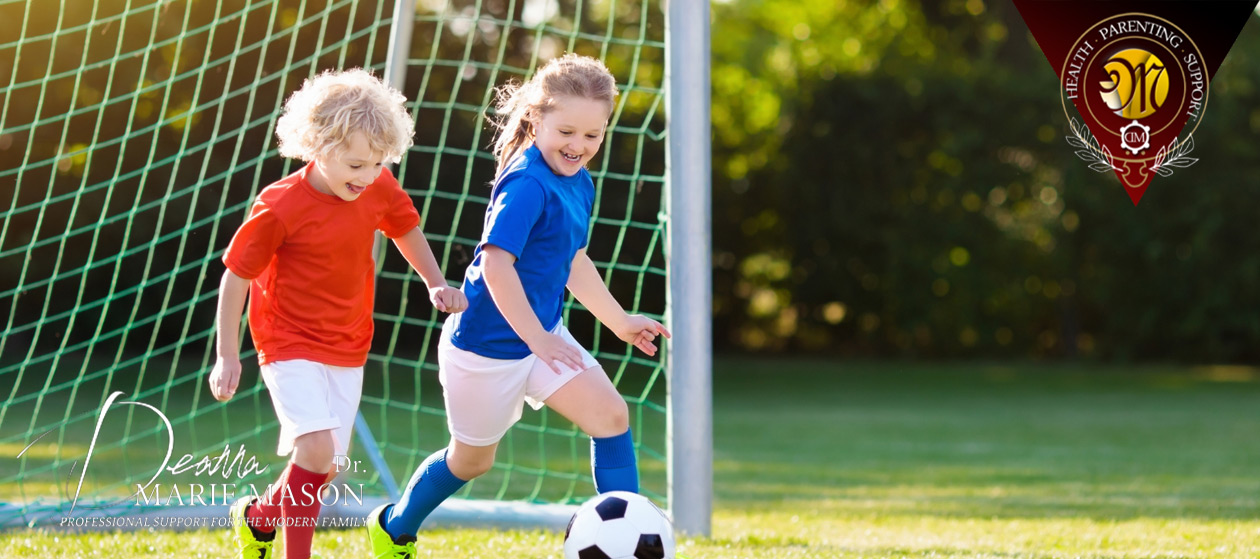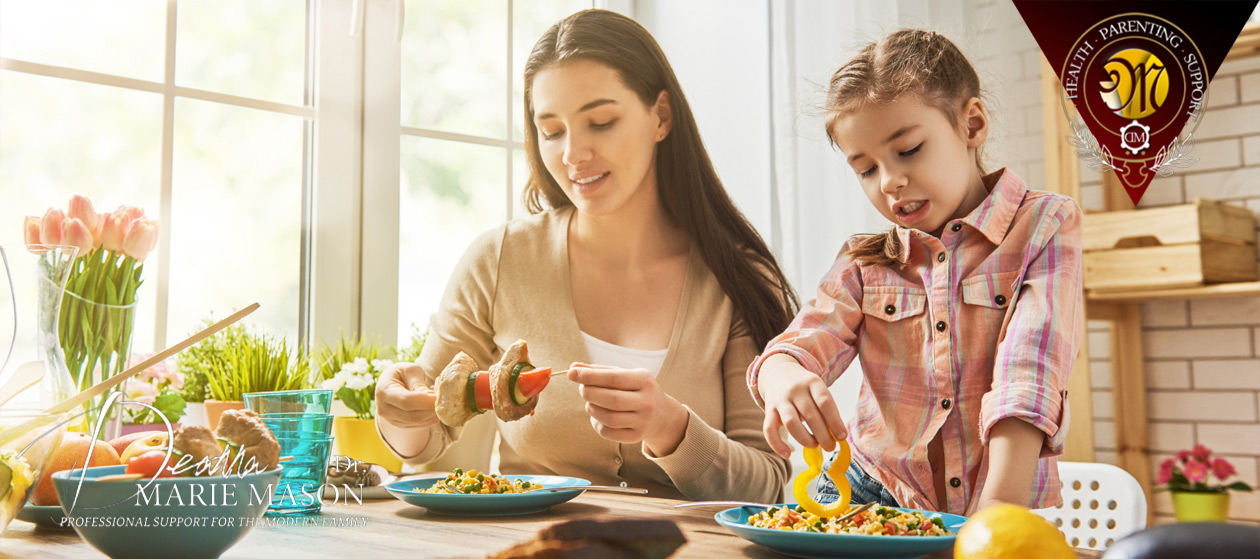Bridget was 10 years old and attending a big family reunion. Her parents Joe and Marsha introduced her to lots of family members she couldn’t remember meeting before. When Bridget hesitated to hug Uncle Tom, her father insisted that she give her uncle a hug and kiss on the cheek. Bridget obeyed her parents and performed the actions as quickly as she could. Afterwards Marsha and Joe reprimanded Bridget for making Uncle Tom “feel bad” because she hesitated in her embrace. Bridget was confused about why her Uncle Tom’s feelings were more important than hers to her parents. She thought, “Is it wrong not to want to touch someone I don’t know?”
All parents want to keep their children safe and protected. Teaching children to value and honor their bodies is an important first step in helping maintain their physical safety both during childhood and adolescence. While it can be tough for some parents to find the right balance between directing their child’s behavior and allowing the child to be the owner of their own body, it is possible.
Children who feel in control of their own bodies and claim ownership for how their bodies interact with others are better at setting limits when other people want to touch their bodies. This also means they are better at understanding what types of touch are appropriate and inappropriate. Together this means that children who have these feelings of control and ownership will resist having their bodies used by others and tell an adult if someone tries to touch them inappropriately because they know it is wrong.
The example above shows how parents can accidently communicate a confusing message about who is in control and owns a child’s body. With good intentions to teach Bridget how to be polite and follow directions, Marsha and Joe pressured Bridget into physically interacting with an adult male that was unknown to her. Additionally, they chastised her afterwards because her hesitancy may have caused the unknown male to “feel bad” about being rejected. Of course, Marsha and Joe did not mean to make their daughter feel uncomfortable or nervous by asking her to give her uncle a hug and kiss nor did they want to put Uncle Tom’s feelings above their daughter’s. They were focused on making a good impression when presenting their daughter to a family member.
However, the experience that Bridget had was different. Her parents were instructing her to override her natural hesitation to touch strangers. Marsha and Joe were able to use their parental pressure to persuade Bridget to both hug and kiss an older man because Bridget was an obedient child, yet she made the actions as quick as possible to remove herself from the man’s touch. Finally, when her parents chastised her for potentially making an adult feel bad by her hesitancy, they were inadvertently telling her that adult feelings matter more than children’s feelings.
Parents should be aware that pushing children to physically interact with others when they are not ready may have unintended consequences. It makes sense that parents teach children that they have a choice in some interactions and can meet the social obligations for courtesy and politeness in non-physical ways also. Some helpful hints to do this may include:
- Teaching children that their bodies are private and should only be seen by parents, other known caregivers (such as grandparents or daycare providers), and doctors.
- Encourage children to dress and undress in areas where they control who will see them, such as their bedroom, bathrooms, or dressing rooms in stores.
- Allow children to choose if they would like to hug and kiss adults. If they seem hesitant, help them find another way to greet adults such as smiling and saying, “hello,” or having an interaction with more space such as shaking hands.
- Educate children on the parts of their bodies that are especially private, such as their genitals, and help them learn that no one should touch them in those places without their permission.
- Encourage children to talk to you about good touches and bad touches. This will open lines of communication so that if something happens they will feel comfortable talking to you.
Helping children learn to protect their bodies is a process that is learnt all through childhood and adolescence. The language that is used and the examples of situations need to be adjusted to the developmental level of your child, but the message will stay the same – everyone is the owner of their own body and has the right to protect it.
Sources:
Bornstein, M., Putnick, D., & Lansford, J. (2011). Parenting attributions and attitudes in cross-cultural perspective. Parenting: Science and Practice 11(2-3), 214-237.
Shafe, S. & Hutchinson, G. (2014). Child sexual abuse and continuous influence of cultural practices: A review. West Indian Medical Journal 63(6), 634-637.
About the instructor
Proactive Parenting
Deanna Marie Mason PhD
More than 20 years of clinical experience helping families:
Bachelor's Degree in Registered Nursing, Master’s Degree in Pediatric Nurse Practitioner and PhD in Nursing. University professor, patient education specialist, pediatric researcher, published author and reviewer to first-line international scientific journals, continuous philanthropic activity related to health promotion and education, wife and mother of two children.






